Ever thought about turning your garden into a rainbow of natural colors using plants, flowers, and fruits?
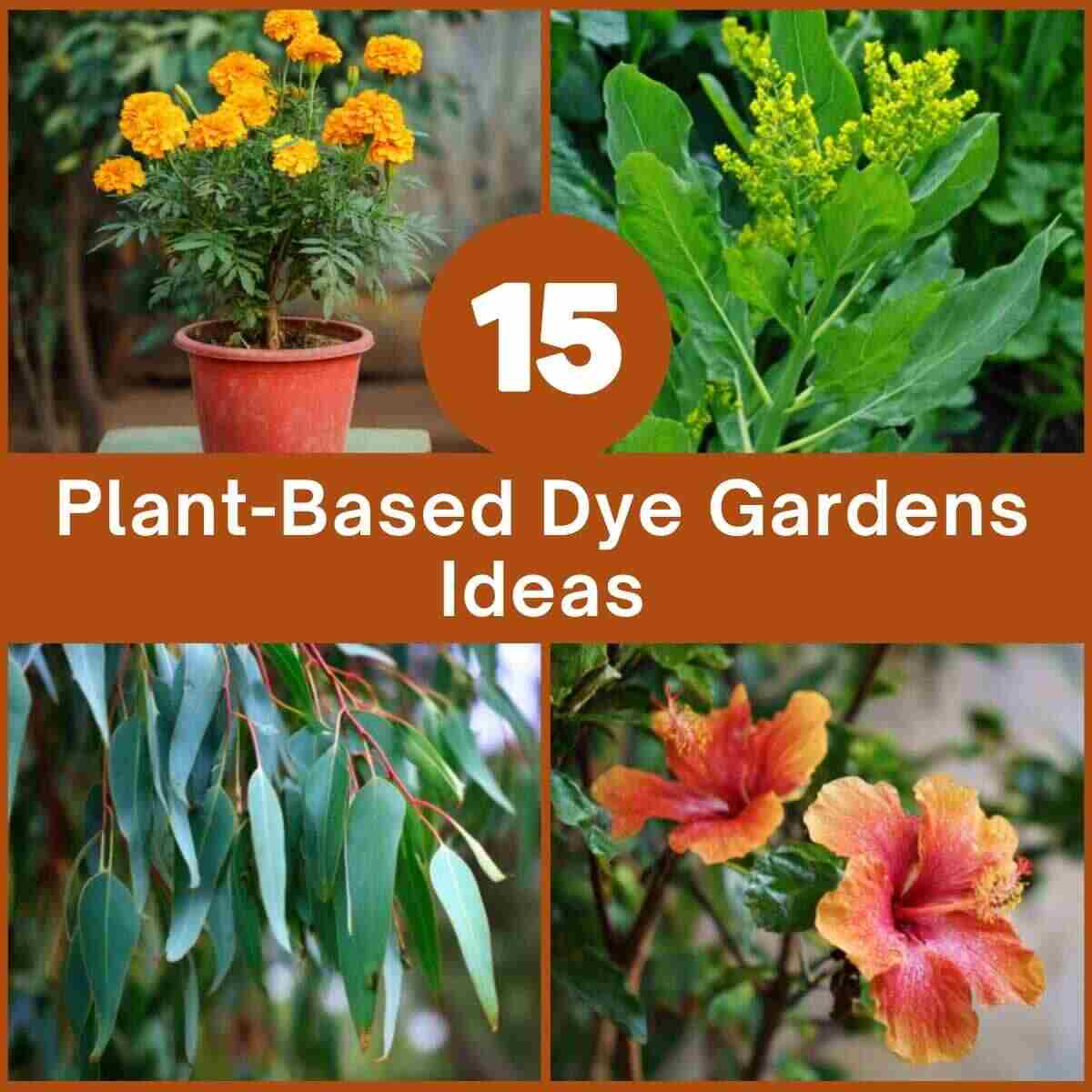
Have you ever wondered how flowers, fruits, and plants can be used to make beautiful colors for clothes and crafts?
Let’s jump in!
1. Marigold Dye Garden
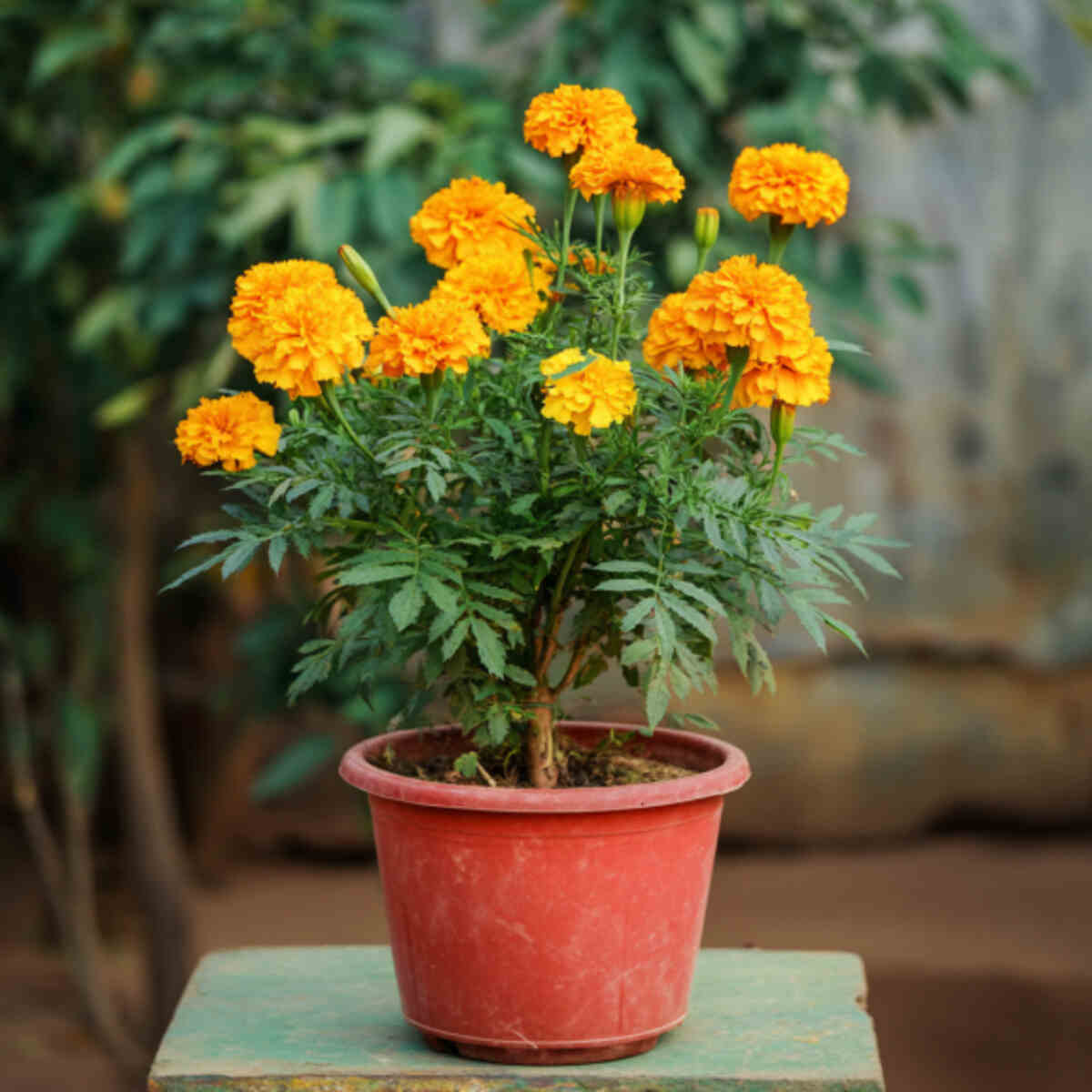
Marigolds are bright and cheerful flowers that produce a beautiful yellow to orange dye. Including marigolds in your Plant-Based Dye Gardens Ideas allows you to create natural fabric colors that are vibrant and eco-friendly.
Their ease of growth and continuous blooming makes them a perfect choice for beginners in plant-based dyeing.
Watch, 18 Creative Garden Ideas for Growing Natural Dye Plants
2. Indigo Plant Dye Garden

Indigo plants are famous for producing deep blue dyes that have been used for centuries.
Adding indigo to your Plant-Based Dye Gardens Ideas provides a natural alternative to synthetic blue dyes. Its rich color and historical significance make it an essential component of a diverse dye garden.
3. Madder Root Dye Garden
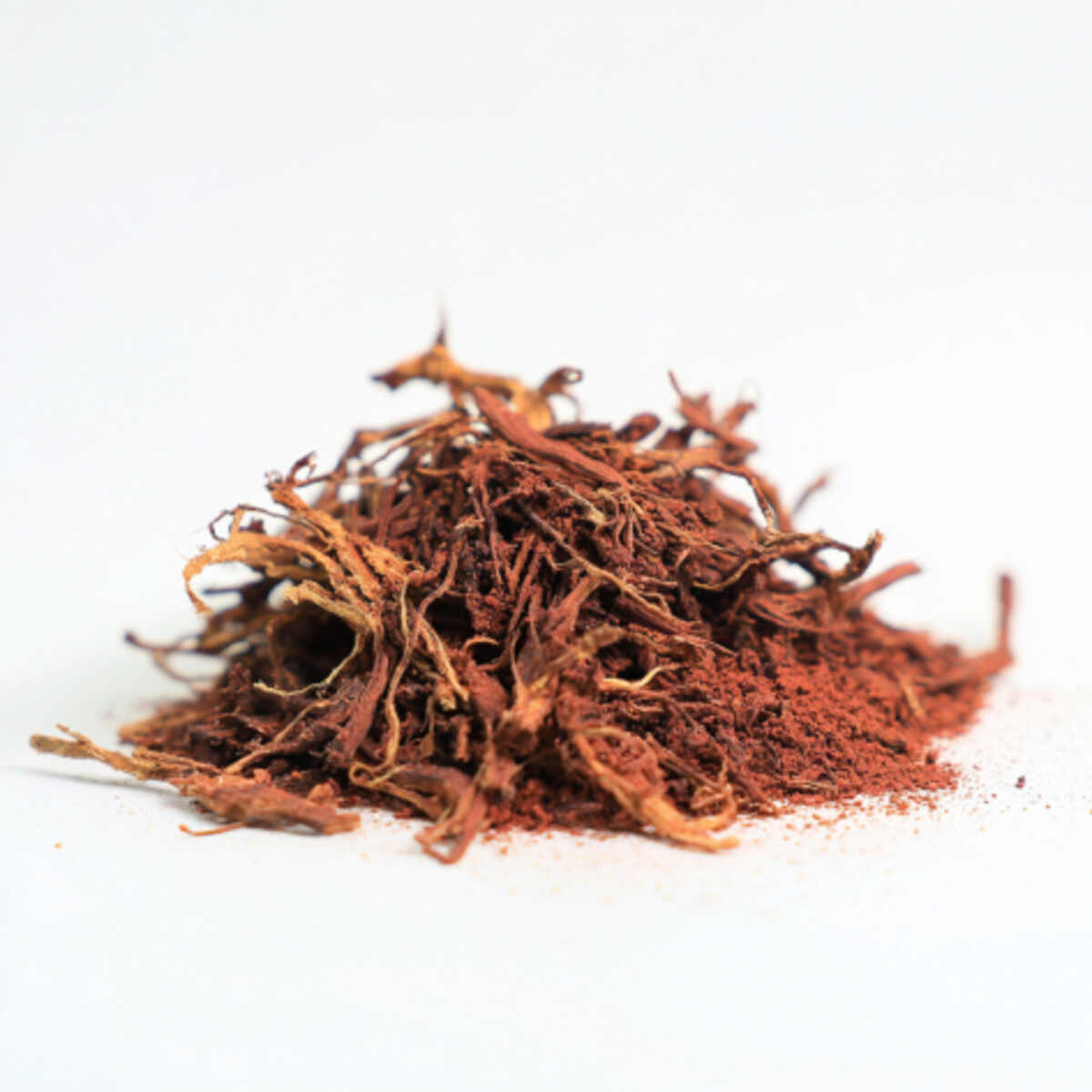
Madder root is a plant whose roots produce a lovely red to pink dye. Growing madder in your Plant-Based Dye Gardens Ideas introduces a natural source of warm tones for your fabrics.
Its versatility and long-standing use in traditional dyeing make it highly valuable for any dye garden.
4. Turmeric Dye Garden
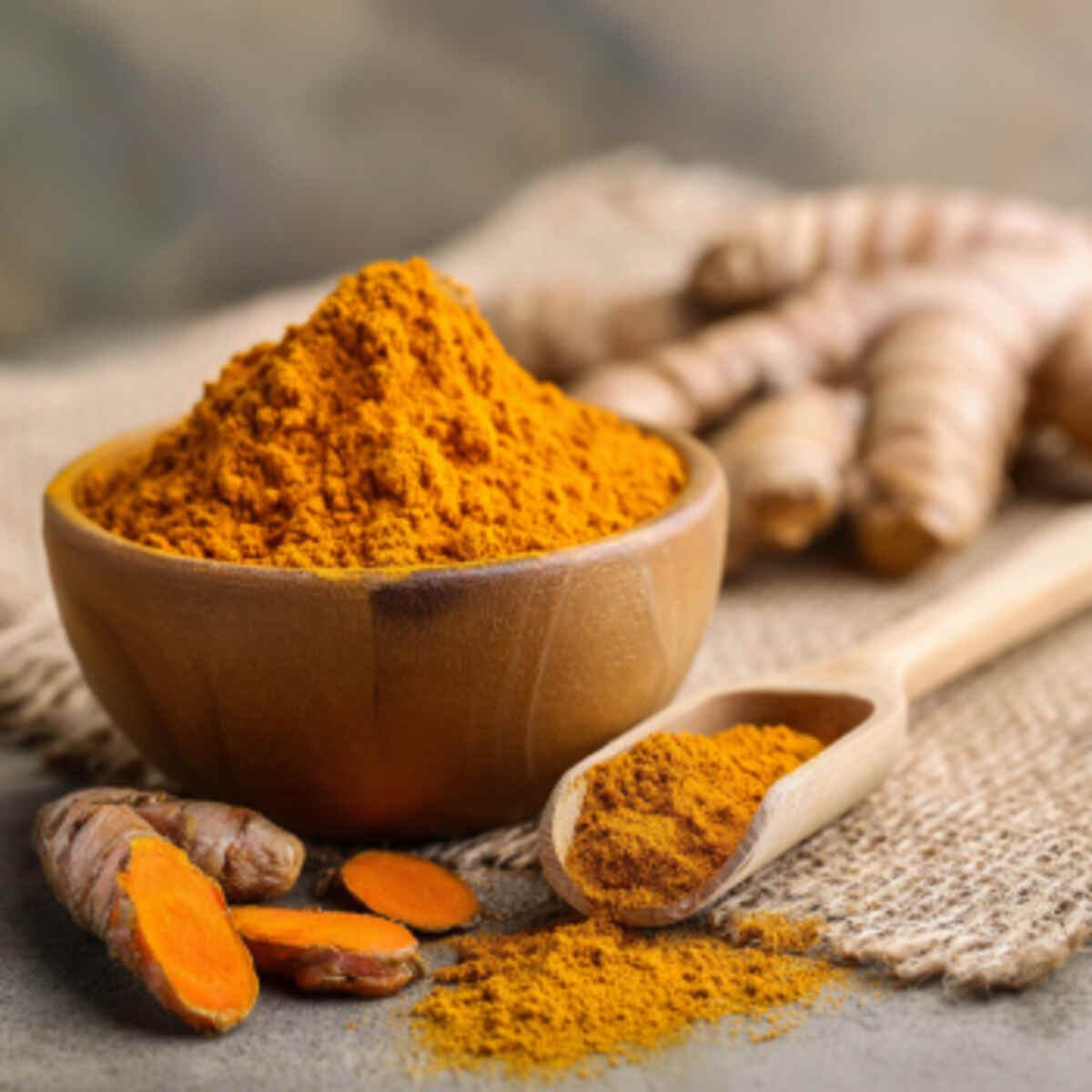
Turmeric is a common kitchen spice that also yields a vibrant yellow dye.
Including turmeric in your Plant-Based Dye Gardens Ideas offers a natural, safe, and bright color option for fabrics and crafts. Its strong pigmentation ensures that even small quantities can produce beautiful dye results.
5. Black Walnut Dye Garden
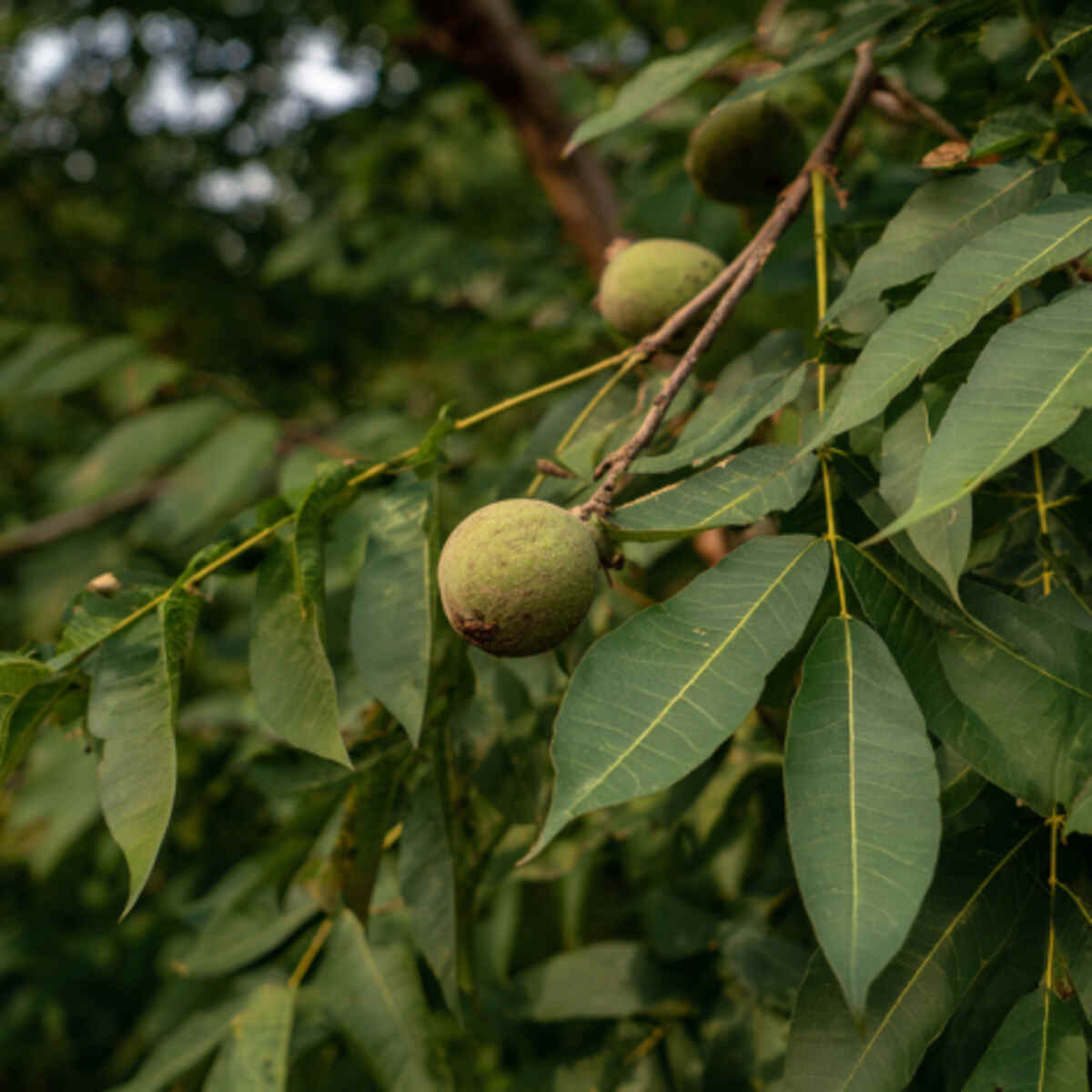
Black walnut trees provide a rich brown dye that adds earthy tones to textiles. Integrating black walnut into your Plant-Based Dye Gardens Ideas enhances the range of natural shades available in your garden.
Its deep, long-lasting color makes it a favorite for eco-conscious dyers.
6. Onion Skin Dye Garden
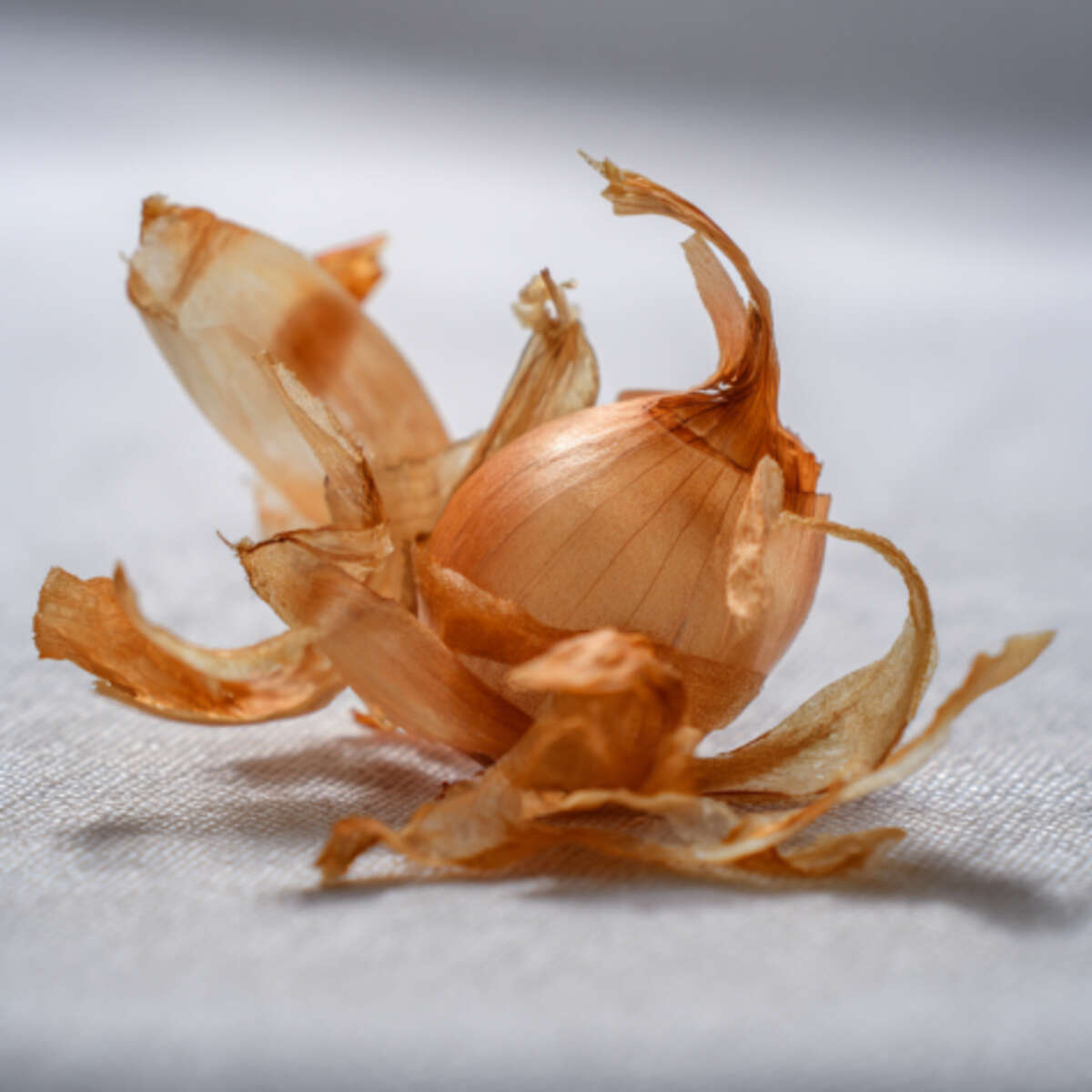
Onion skins, often considered kitchen waste, can be transformed into golden and brown dyes.
Using onion skins in your Plant-Based Dye Gardens Ideas promotes sustainability by recycling natural materials for creative purposes. Their accessibility and vibrant results make them a practical choice for beginner gardeners.
7. Eucalyptus Dye Garden
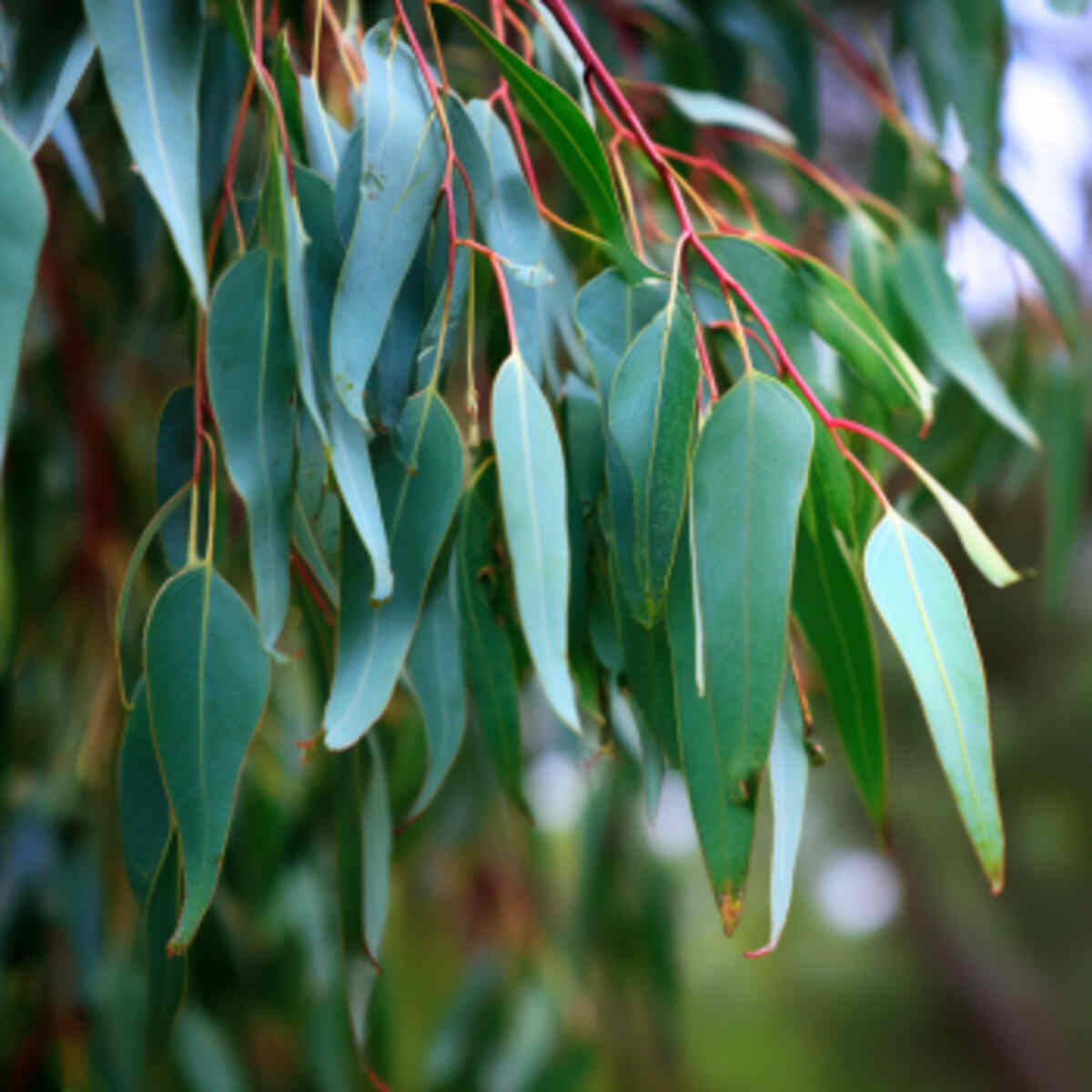
Eucalyptus leaves produce subtle green and grayish dye shades that are perfect for natural projects.
Adding eucalyptus to your Plant-Based Dye Gardens Ideas introduces unique and calming color options for textile dyeing. Its aromatic leaves also enhance the sensory experience of a dye garden.
8. Coreopsis Dye Garden
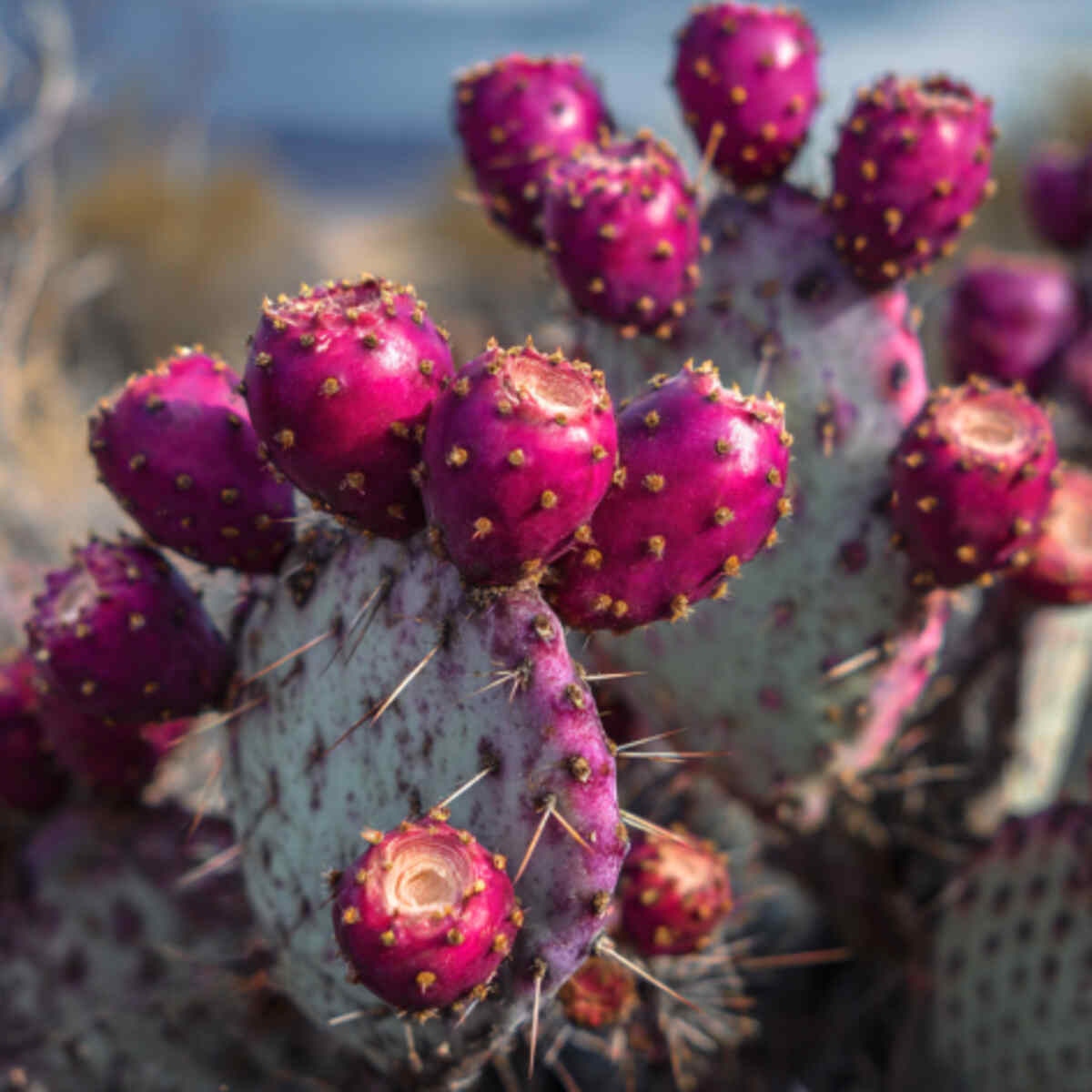
Coreopsis flowers provide a bright yellow dye that works well on both natural fibers and paper.
Including coreopsis in your Plant-Based Dye Gardens Ideas ensures a cheerful and consistent color source. Their long bloom period makes them reliable for ongoing natural dyeing projects.
9. Hibiscus Dye Garden
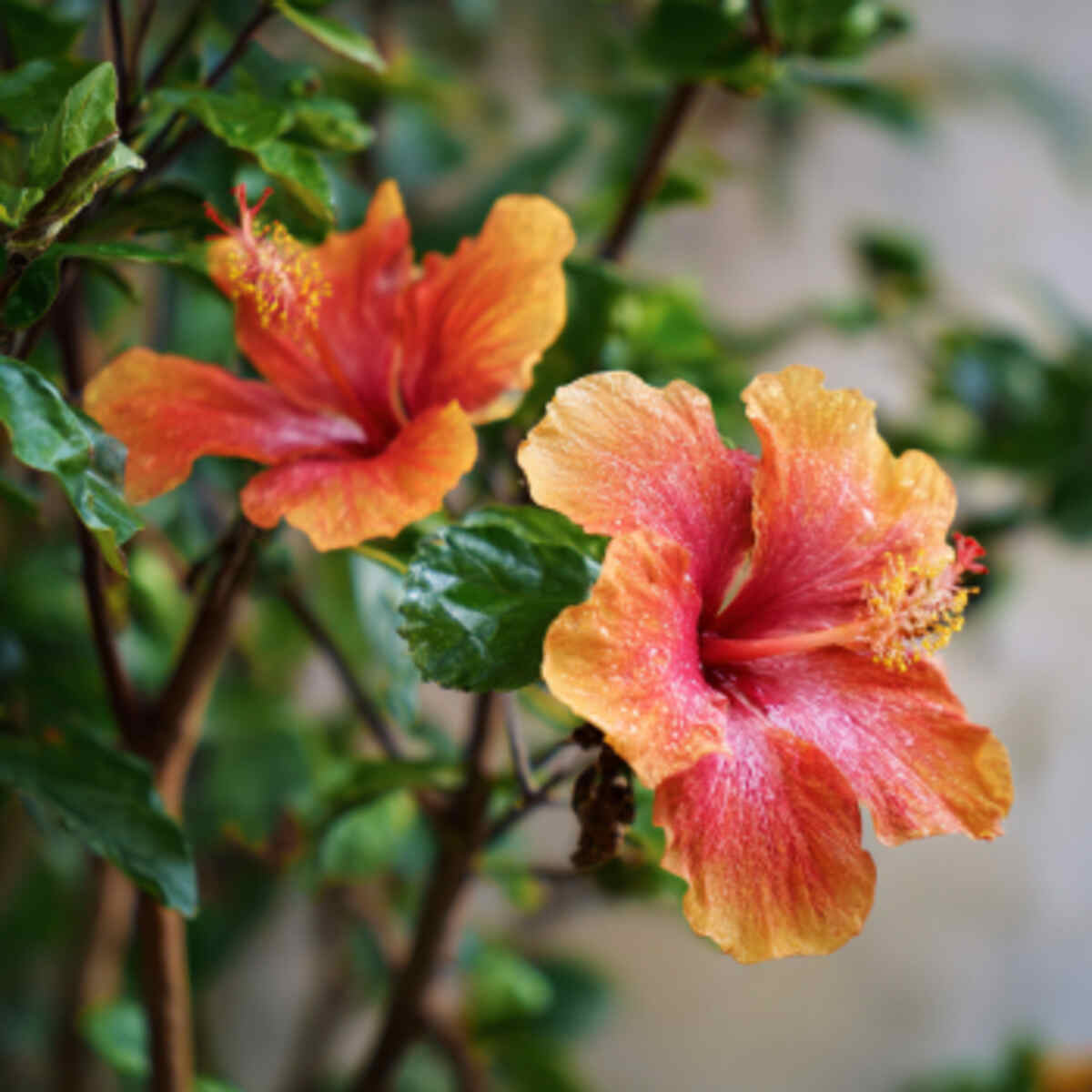
Hibiscus flowers create stunning pink and red shades for plant-based dyes. Adding hibiscus to your Plant-Based Dye Gardens Ideas offers a tropical touch with natural vibrant colors.
Its flowers are easy to harvest and can also be used for teas, adding multifunctionality to your garden.
10. Beetroot Dye Garden
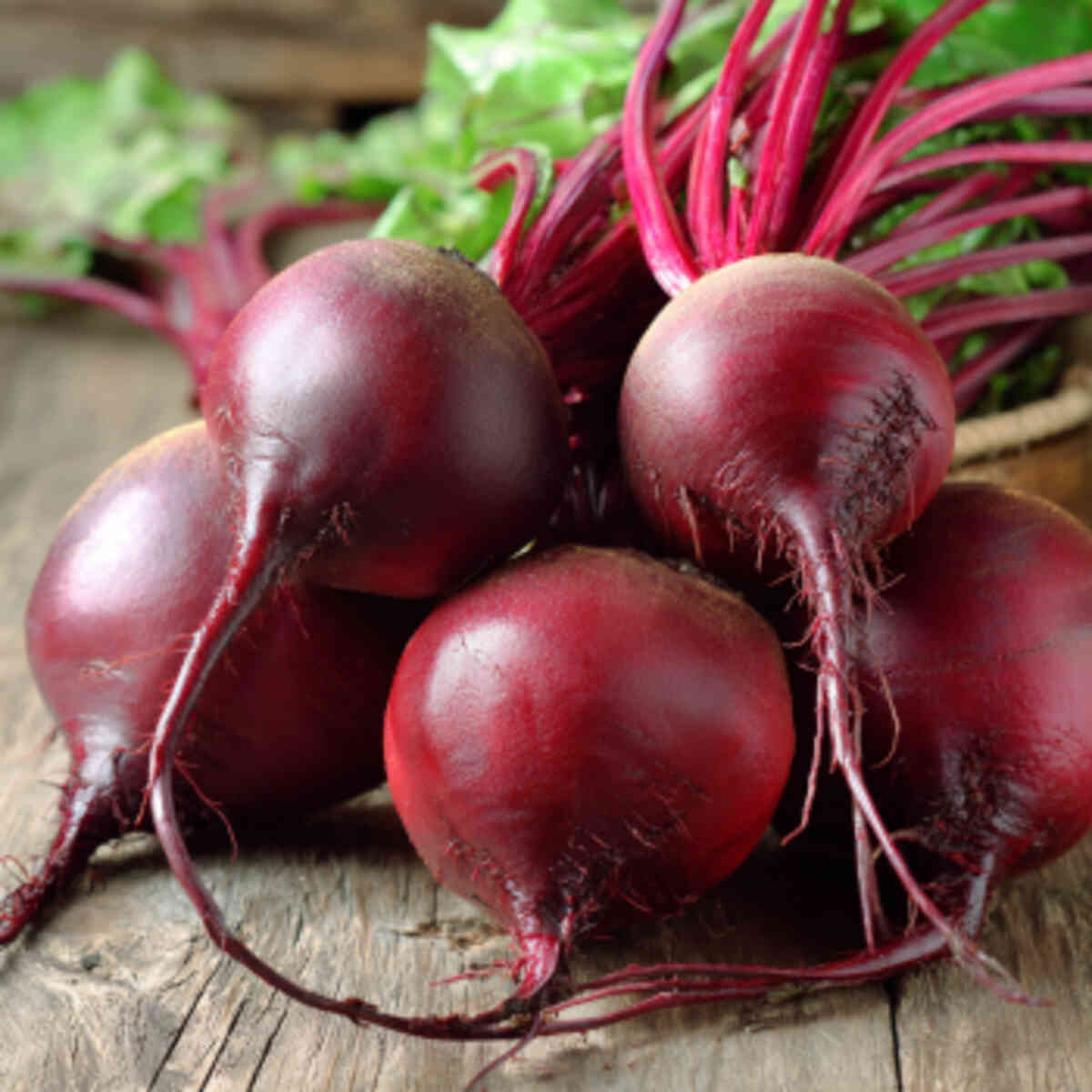
Beetroots provide rich pink to reddish-purple dyes that are perfect for fabrics and food coloring. Including beets in your Plant-Based Dye Gardens Ideas gives a versatile, edible, and natural color source.
Their strong pigmentation ensures bold and long-lasting colors for eco-friendly projects.
11. Woad Plant Dye Garden
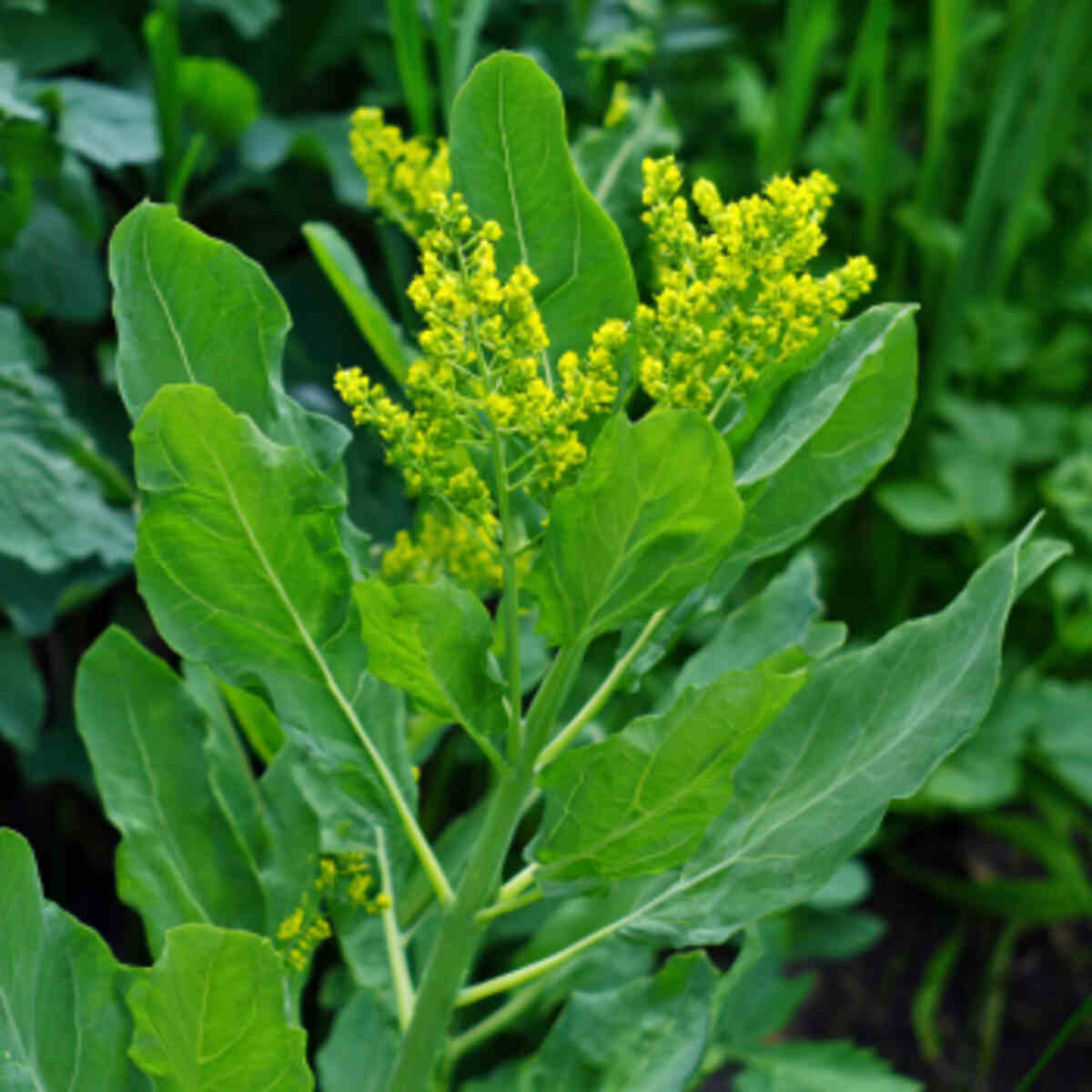
Woad is a traditional plant used to produce blue dyes similar to indigo.
Adding woad to your Plant-Based Dye Gardens Ideas connects modern gardening with historical dye practices. Its ability to create a variety of blue shades makes it a classic choice for natural dye enthusiasts.
12. Pomegranate Dye Garden
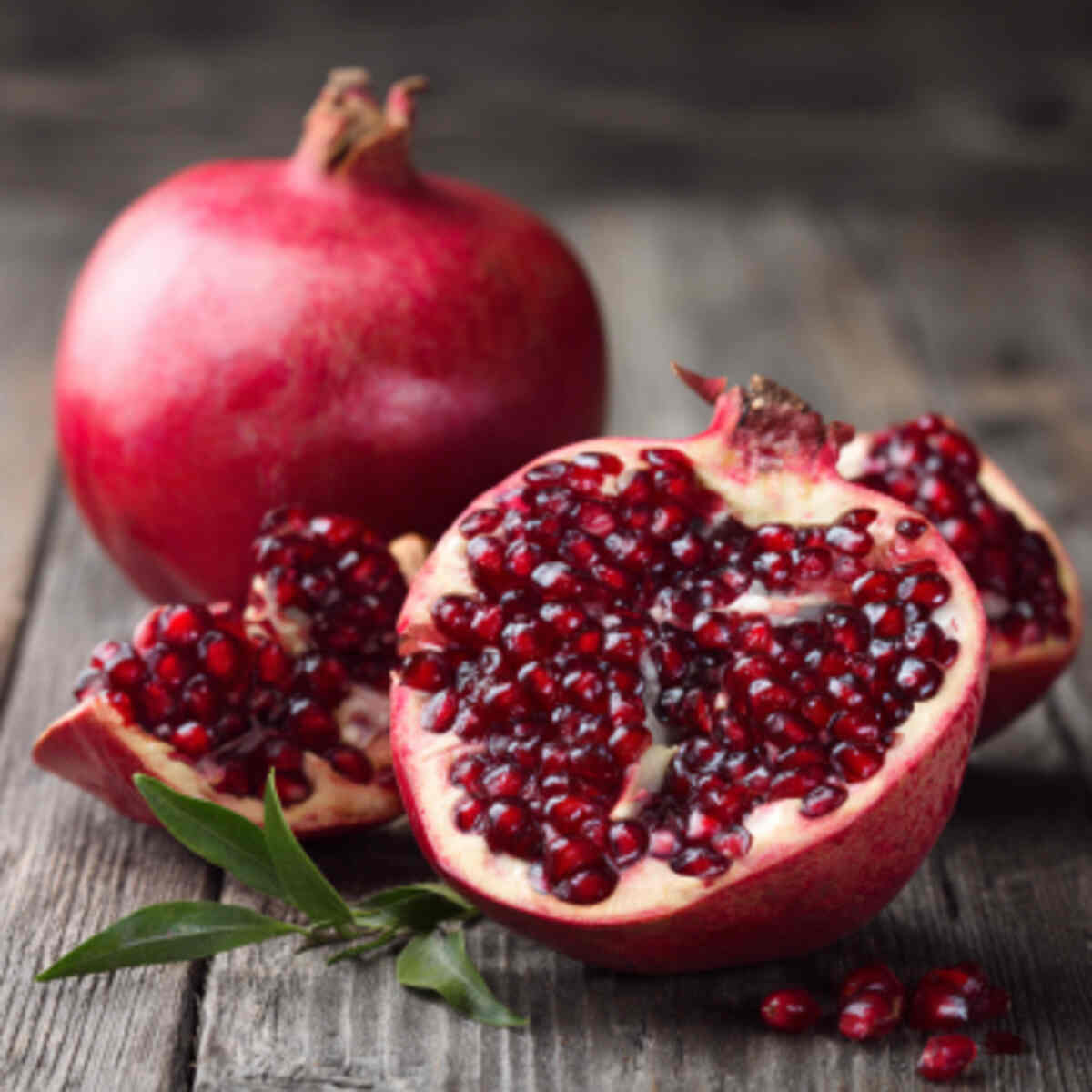
Pomegranate rinds and seeds can be used to produce yellow and brown natural dyes. Including pomegranate in your Plant-Based Dye Gardens Ideas adds a renewable source of warm and earthy tones.
Its dual purpose for both fruit and dye makes it a highly valuable addition.
13. Goldenrod Dye Garden

Goldenrod flowers offer rich yellow dyes that are excellent for brightening textiles.
Adding goldenrod to your Plant-Based Dye Gardens Ideas provides a long-lasting and cheerful color source. Its easy cultivation and abundant blooms make it ideal for sustainable dyeing projects.
14. Logwood Dye Garden
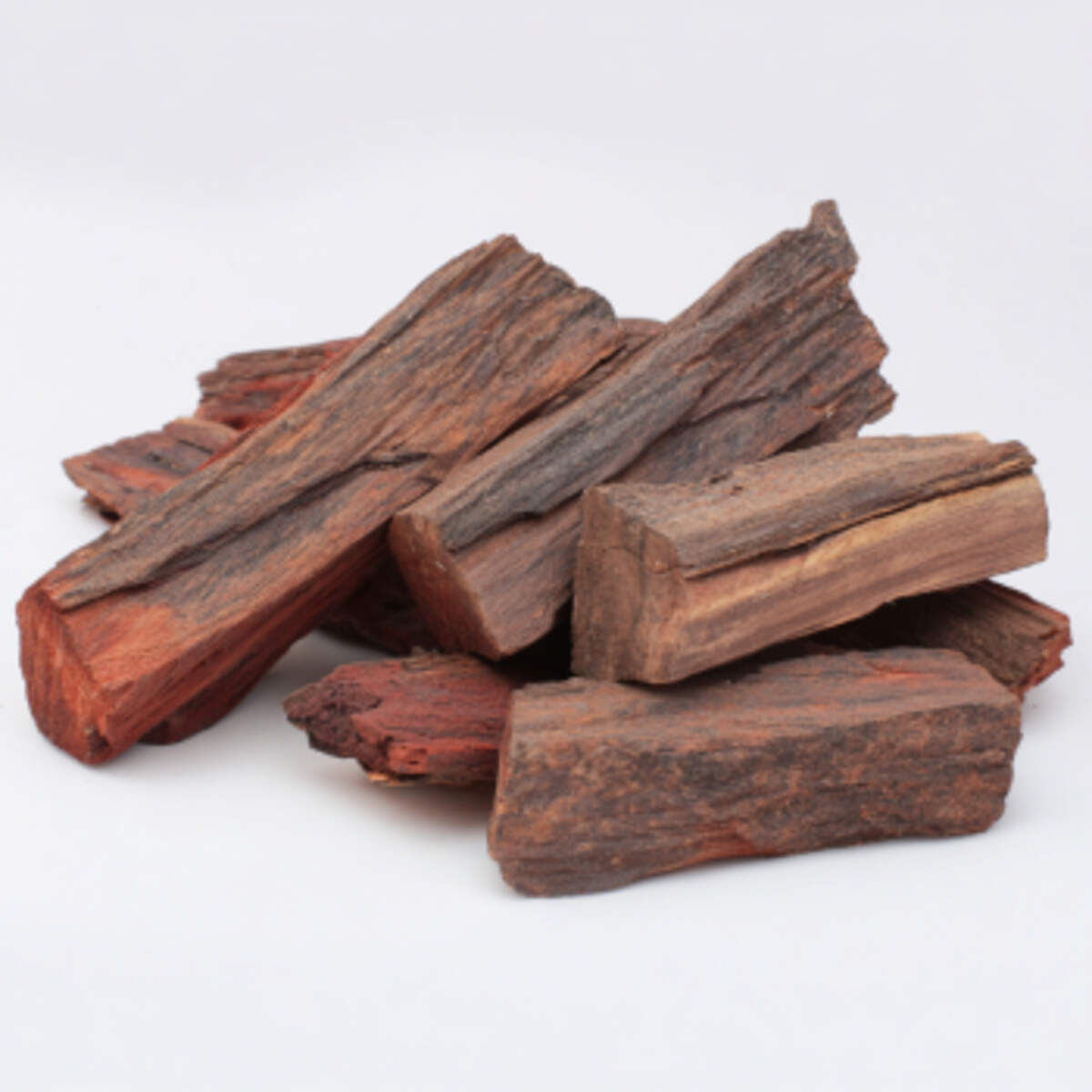
Logwood is known for producing deep purple to black dyes that are rare in plant-based sources. Including logwood in your Plant-Based Dye Gardens Ideas allows for a more diverse color palette in natural dyeing.
Its dramatic shades are perfect for creating contrast and unique designs in fabric arts.
15. Cochineal (Cactus-based) Dye Garden
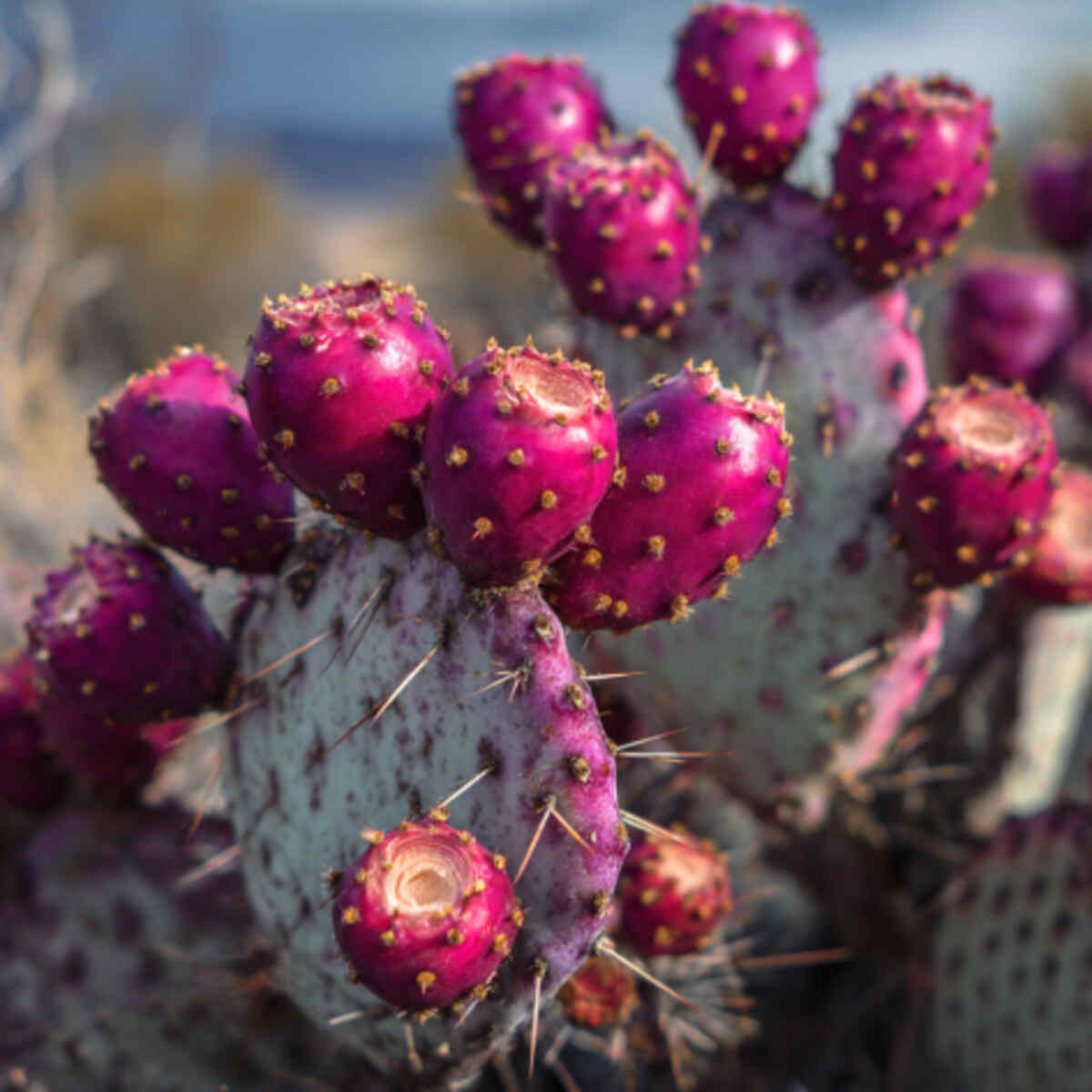
Cochineal insects feed on cacti to produce a bright red dye that has been prized for centuries. Adding cochineal to your Plant-Based Dye Gardens Ideas introduces a vibrant and historically significant red color.
Its natural origin makes it a sustainable and eco-friendly alternative to synthetic red dyes.
Plant-based dye gardens are a simple and creative way to grow your own natural colors using flowers, roots, fruits, and leaves.
By planting marigolds, indigo, turmeric, and other dye plants, you can explore a wide range of vibrant shades while staying eco-friendly and sustainable.
These gardens not only provide beautiful colors for fabrics and crafts but also make gardening more fun and rewarding, showing how nature can inspire art and creativity.
